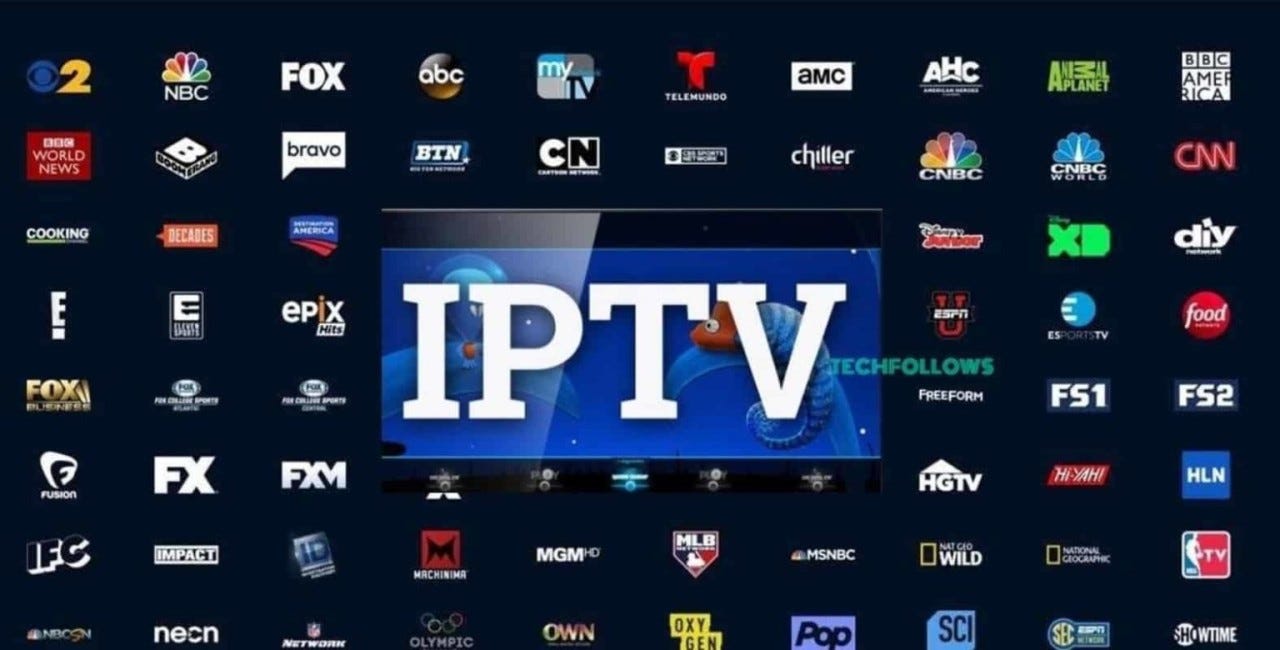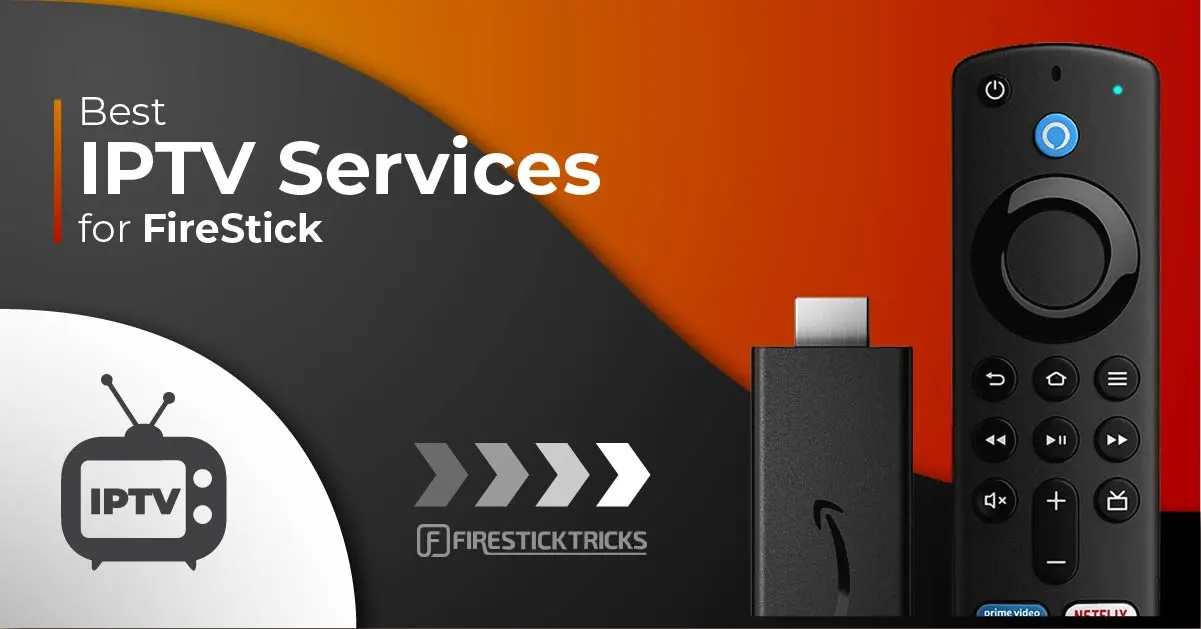How IPTV Functions: A Step-by-Step Overview to Internet Method Television Modern Technology
Internet Method Tv (IPTV) has actually changed the means we eat tv material, supplying a new realm of possibilities via the power of the internet. Comprehending the complexities of just how IPTV functions can clarify the technology that drives this ingenious form of media delivery. From the essential principles of IPTV to the intricate procedure of content distribution, each action plays a crucial function in ensuring a seamless watching experience. In this guide, we will certainly reveal the underlying devices that make IPTV a remarkable combination of innovation and amusement.
IPTV Essentials
In comprehending IPTV fundamentals, it is essential to realize the fundamental functions of this technology in delivering tv material online. IPTV, which means Web Method Television, utilizes Web Procedure (IP) networks to send television material to customers' devices. Unlike typical approaches of transmitting television content through cord or satellite signals, IPTV streams media with high-speed web connections.

Moreover, IPTV enables interactive capabilities, such as video as needed (VOD) and digital program overviews (EPG), improving the customer experience by offering more control and versatility in accessing web content. On the whole, recognizing the essentials of IPTV sets the foundation for discovering its advanced functionalities and the benefits it uses to modern-day television usage.
Web Content Delivery Refine
Efficient material distribution in IPTV systems entails a well-structured procedure that makes certain seamless transmission of television material over IP networks. The content distribution procedure in IPTV starts with the production of the video web content, which is after that encoded right into electronic format ideal for IP transmission.

Middleware Capability
With the integration of middleware, IPTV systems gain boosted performance that streamlines customer interaction and content monitoring. One of the key functions of middleware in IPTV is to enable customized customer experiences by offering features such as interactive program overviews, video-on-demand solutions, interactive marketing, and user choices administration.

Gadget Compatibility
Provided the crucial duty of middleware in enabling seamless communication and content management in IPTV systems, an essential facet to think about is the compatibility of tools made use of for accessing the IPTV services. Tool compatibility Find Out More is essential for guaranteeing a smooth customer experience and optimal performance when accessing IPTV material.
In the context of IPTV, gadget compatibility describes the ability of a device to efficiently connect with the IPTV solution, display content correctly, and support the needed protocols and codecs for streaming video clip web content over the net. Different devices, such as clever TVs, set-top boxes, smart devices, tablets, and computer systems, might have varying degrees of compatibility with IPTV services.
To guarantee a smooth viewing experience, it is essential for individuals to choose tools that work with the particular IPTV solution they are using. Furthermore, IPTV provider should supply support for a wide variety of this website devices to satisfy the diverse needs of their user base. By prioritizing gadget compatibility, both customers and company can improve the overall IPTV experience.
Quality of Service (QoS)
Considering the vital role of maintaining a high criterion of performance site web and integrity in IPTV systems, making sure regular Quality of Service (QoS) stays an essential facet of the user experience. QoS in IPTV refers to the ability of the system to supply web content with minimal disruptions, high resolution, and quickly packing times.
Company use QoS systems such as traffic prioritization, buffering, and error improvement to preserve a stable IPTV service. By focusing on IPTV web traffic over less time-sensitive data, carriers can make sure smooth playback also throughout peak use hours. Buffering helps make up for network fluctuations, while mistake correction techniques enhance information honesty.
Continual tracking and optimization of QoS specifications are necessary to adapt to transforming network conditions and customer needs. Ultimately, a robust QoS structure is important for supplying a smooth and enjoyable IPTV experience to individuals.
Final Thought
Finally, IPTV runs via the transmission of television material over internet method networks. The modern technology involves an organized process of web content shipment, assisted in by middleware functionality to ensure compatibility throughout numerous devices. Quality of Solution plays an essential duty in keeping the efficiency and reliability of IPTV services. Comprehending the basic concepts of IPTV is essential for realizing the ins and outs of this innovative television modern technology.